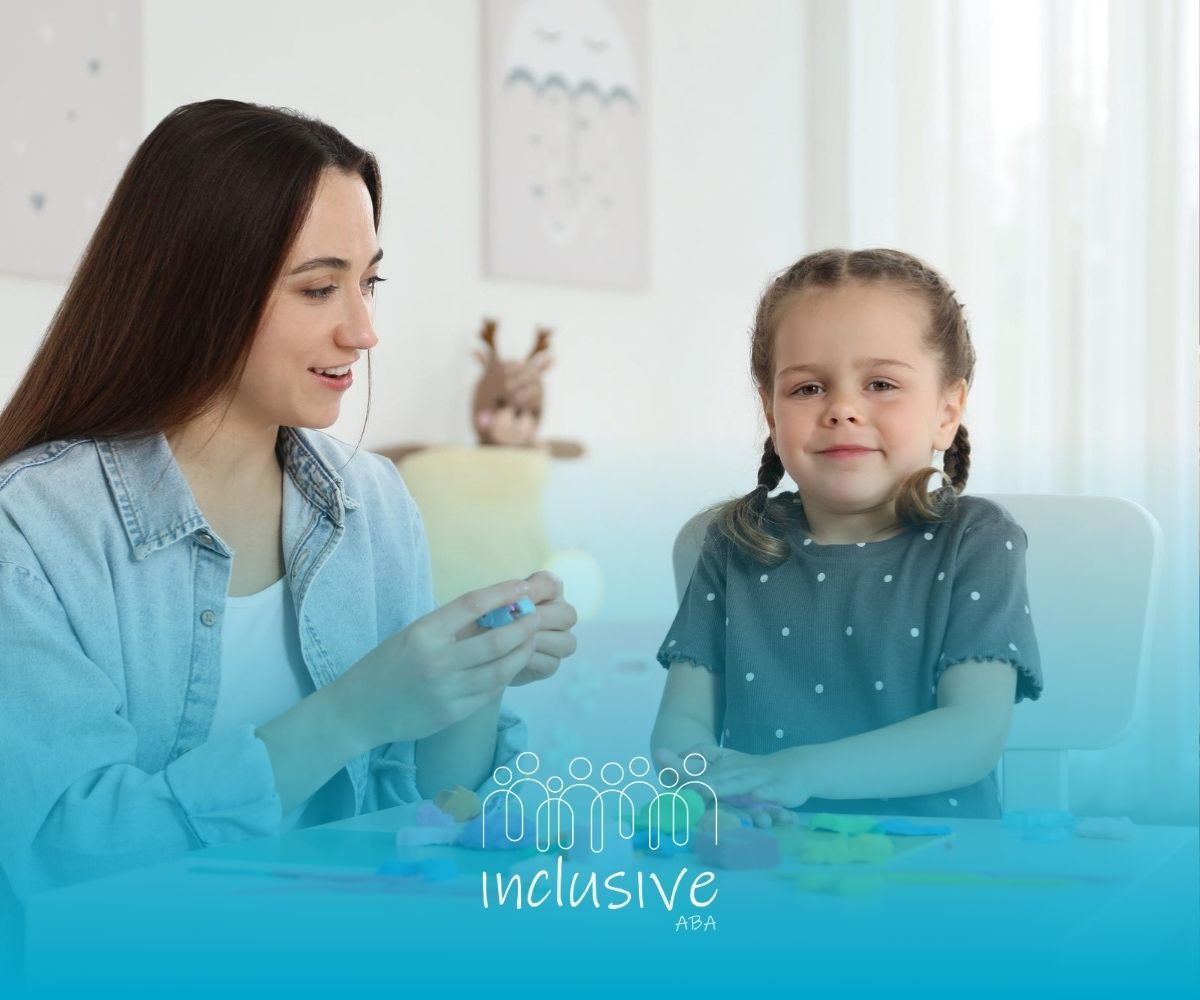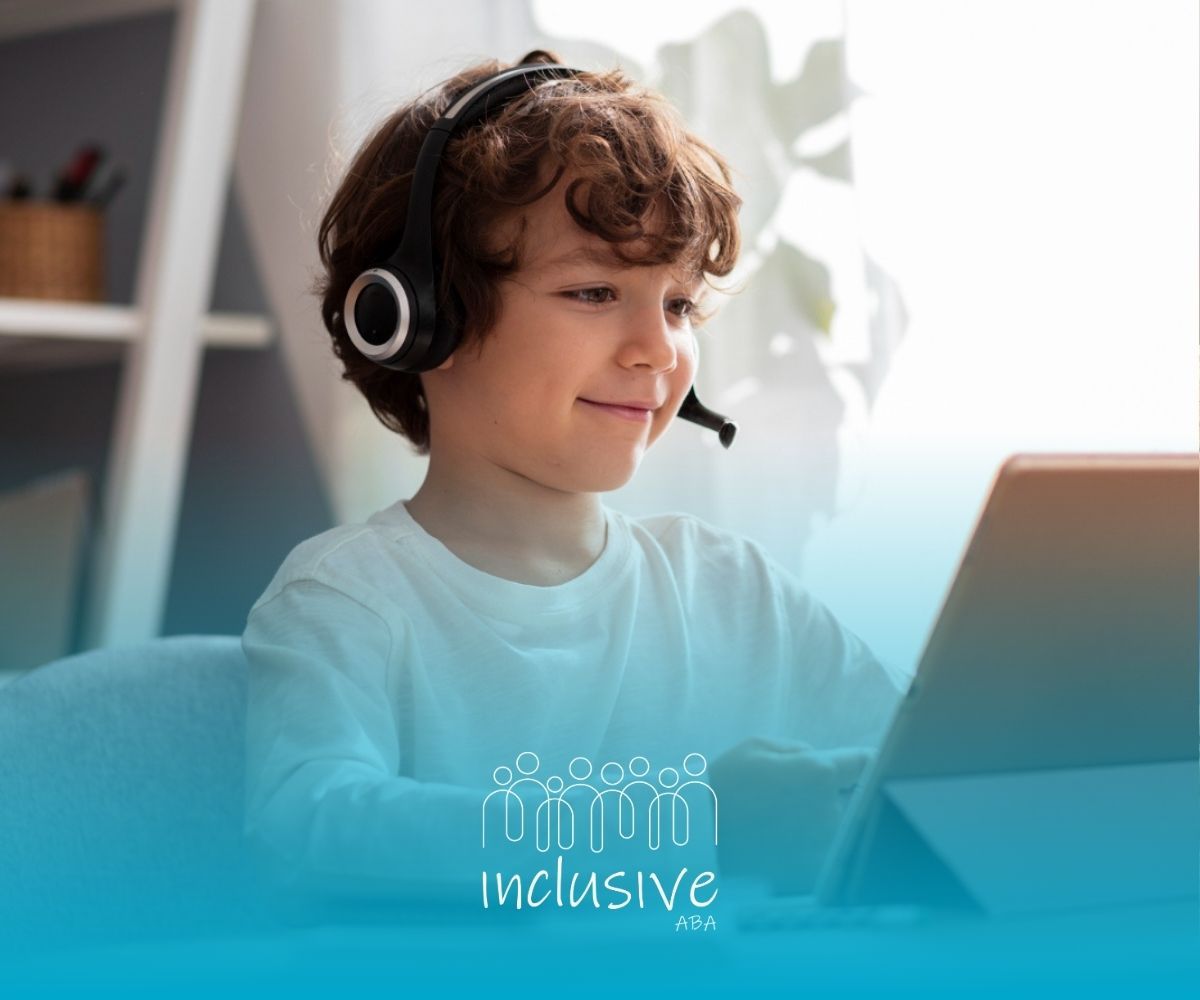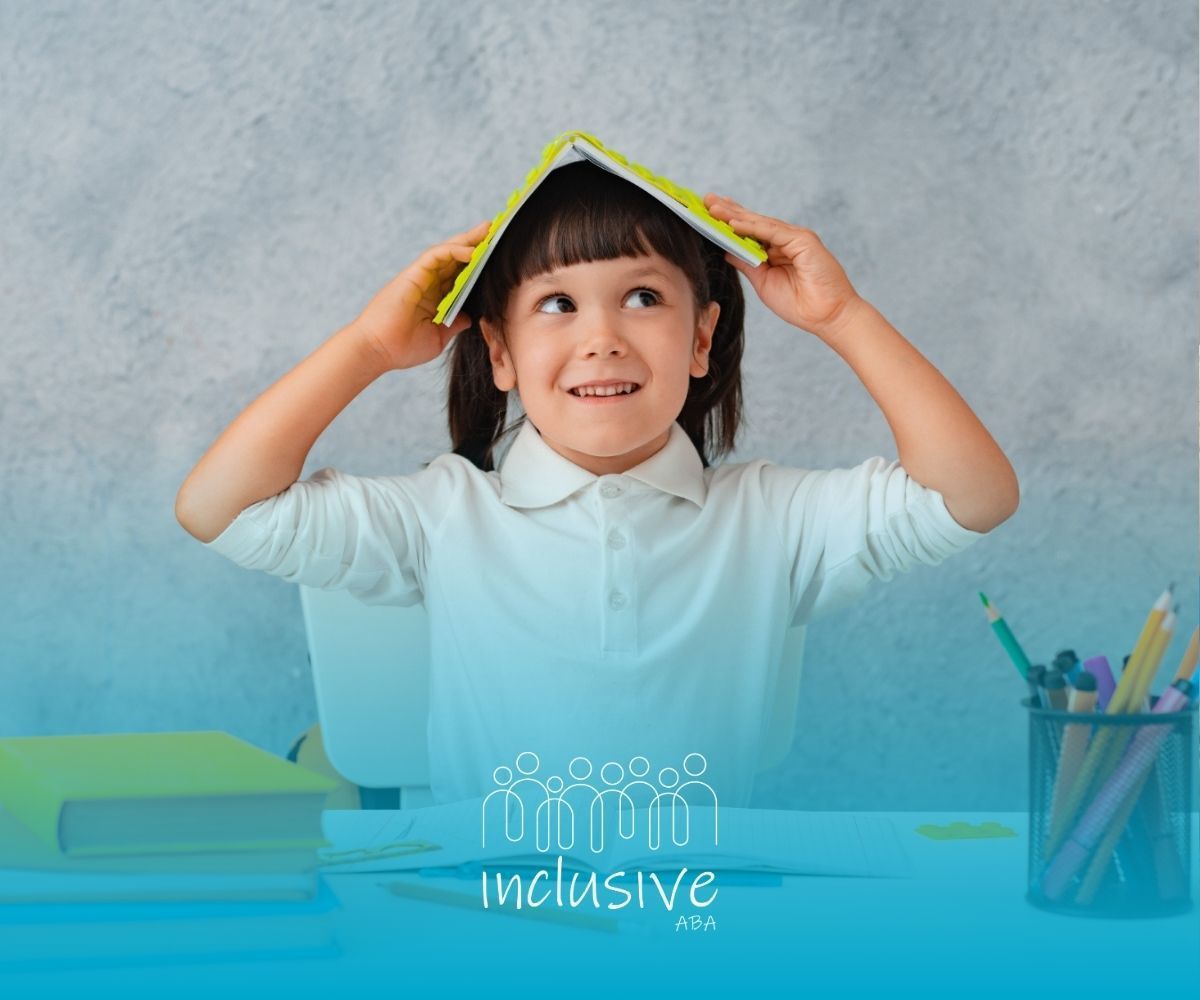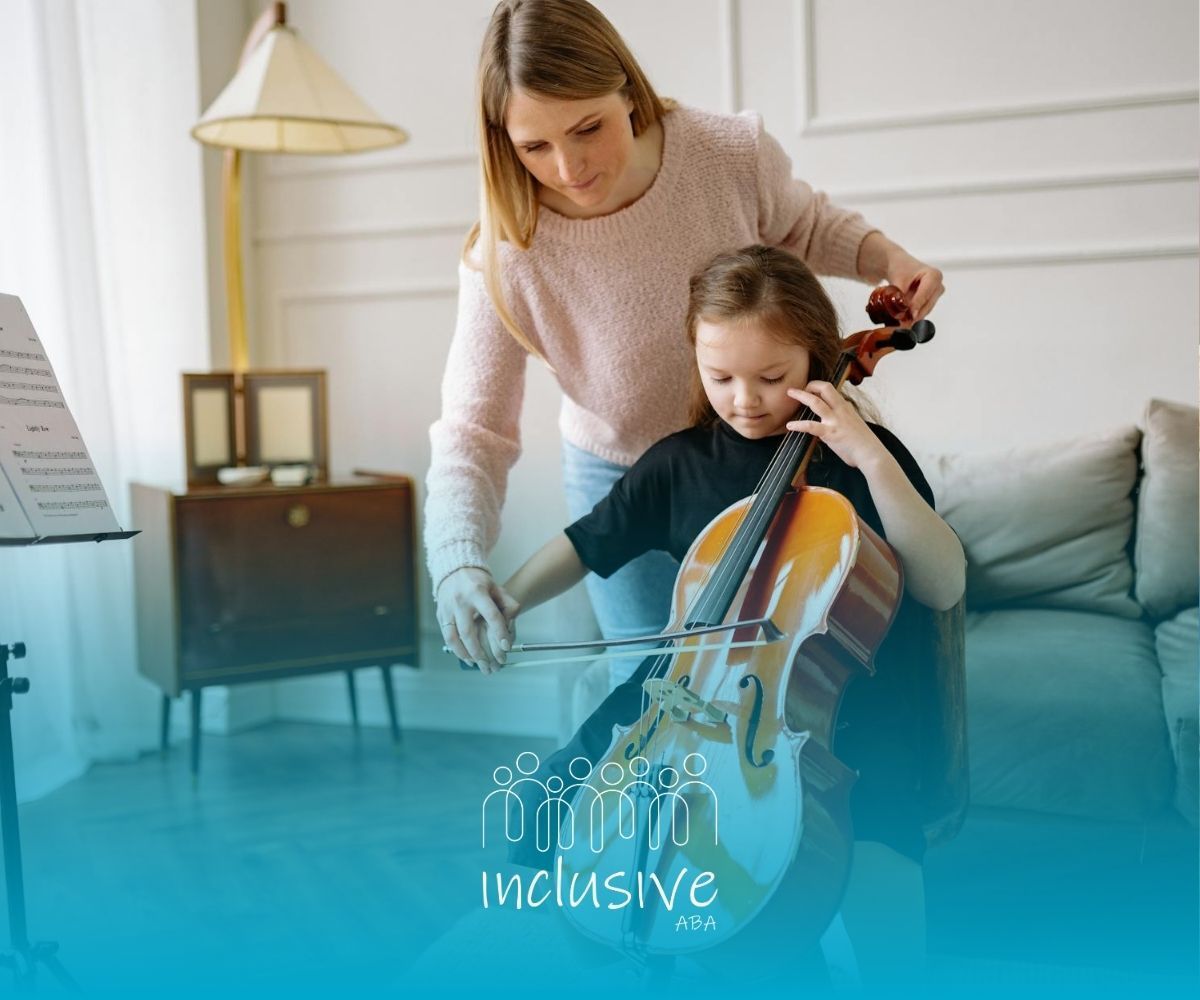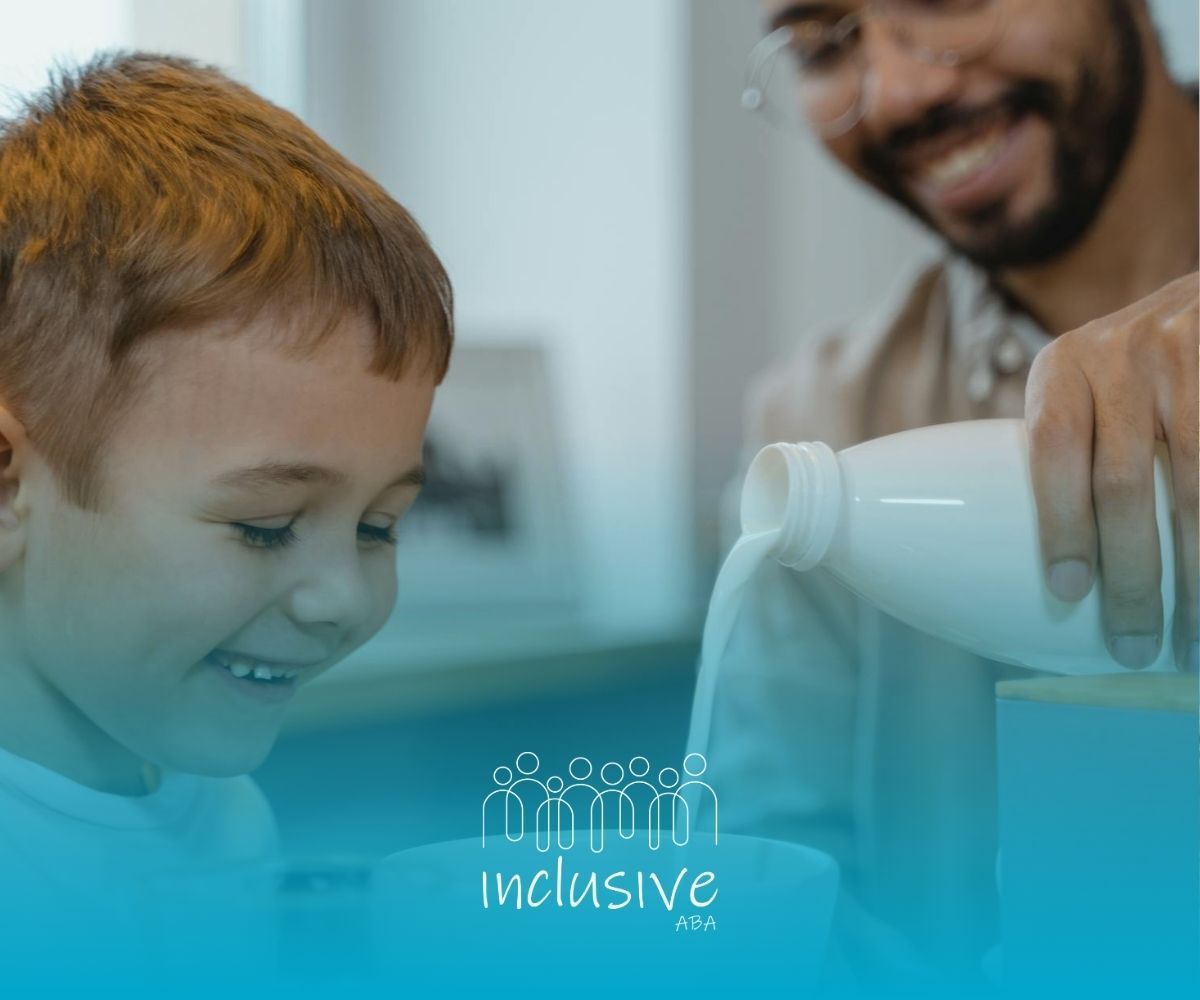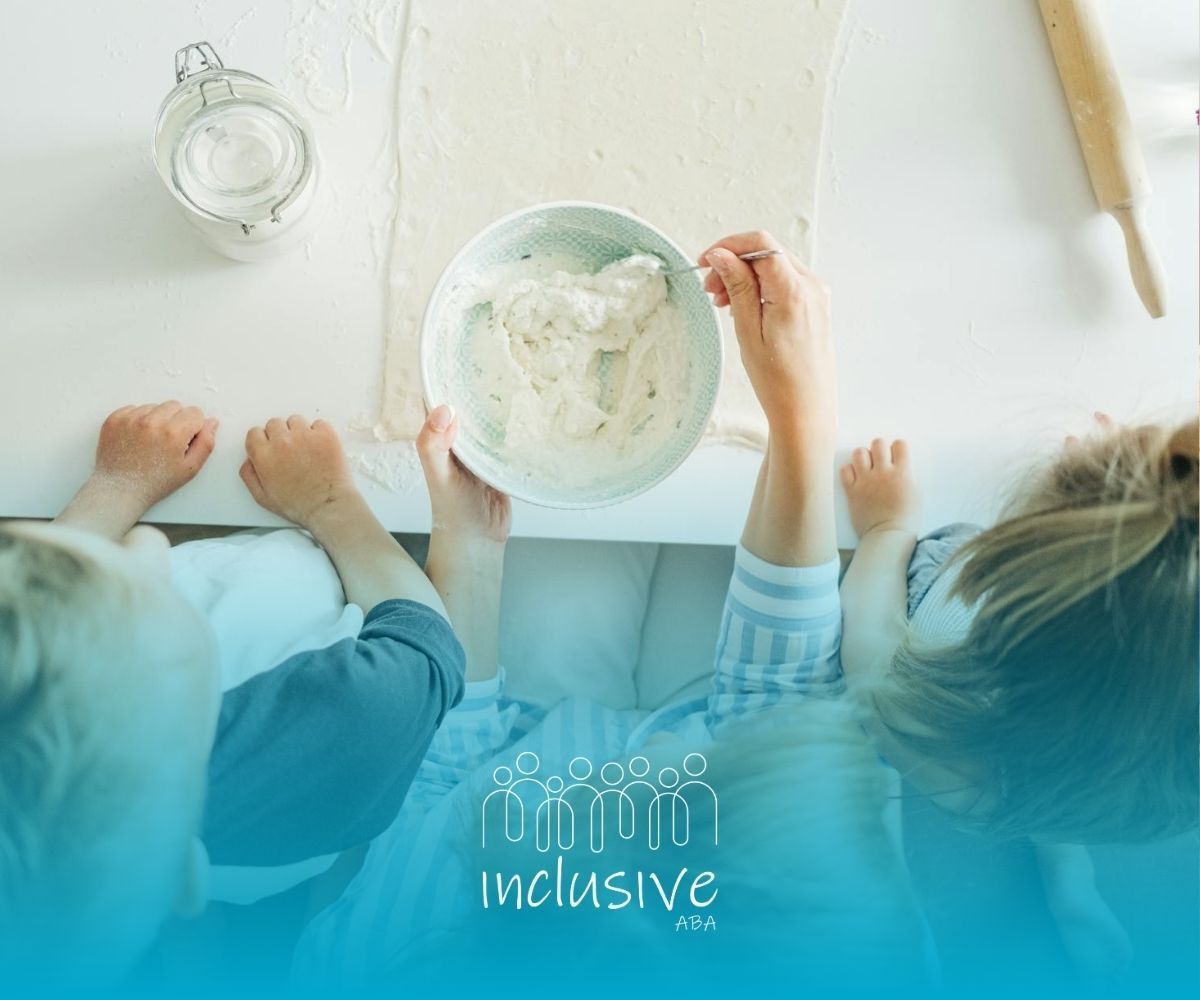
Breaking Barriers: The Most Effective Educational Interventions for Autism
Finding the right educational interventions for an autistic child isn’t just about improving academic skills—it’s about creating an environment where they feel supported, engaged, and confident. In my experience, strategies like structured learning routines, visual supports, and interactive teaching methods can make a world of difference.
In this article, I’ll cover the most effective autism interventions and how you can implement them to help autistic children thrive.
Understanding the Unique Learning Styles of Autistic Children
Every child has unique strengths, challenges, and preferences when it comes to learning, and recognizing these differences is the key to effective education.
Over the years, I’ve seen how tailoring educational approaches to match a child’s natural learning style can lead to remarkable progress.
Here are some common learning styles among autistic children:
Visual Learners
Many autistic children process information best when it’s presented visually. They might grasp concepts more quickly through images, diagrams, videos, or written instructions rather than spoken words.
In my experience, using visual schedules and pictorial step-by-step guides can make learning far more accessible and engaging.
Hands-On Learners
Some children with autism thrive when they can learn through touch and movement. Interactive, hands-on activities help these learners grasp abstract concepts by physically engaging with them.
I often recommend sensory bins, puzzles, or building blocks to help reinforce new skills in a way that feels natural and fun.
Structured Learners
Predictability can be a game-changer for many autistic children. A structured, routine-based learning environment provides a sense of security and focus, reducing anxiety and enhancing learning. Establishing a daily schedule and using consistent teaching methods can make a world of difference.
Focused Interest Learners
Many autistic children have strong, specific interests—whether it’s trains, dinosaurs, space, or math. Incorporating these interests into their education can transform learning into something exciting and meaningful.
I’ve worked with children who struggled with basic math but excelled when numbers were linked to their favorite topics, like sports statistics or space exploration.
Social Learners
While some autistic children find social interaction challenging, others flourish when they learn alongside peers. Structured group activities can provide opportunities to build social skills while reinforcing academic concepts.
Simple strategies like peer modeling and cooperative learning can help these children engage more effectively in educational settings.
Understanding these different learning styles allows parents and educators to create supportive, individualized learning environments that empower autistic children to reach their full potential.
The Importance of Educational Interventions
Every child deserves an education that meets them where they are. That’s why educational interventions are so crucial—they provide structured, research-backed strategies to help autistic children thrive in their learning environments.
Why Educational Interventions Matter
Educational interventions are not just about academics. They also help develop essential life skills, social abilities, and emotional regulation. When interventions are tailored to a child’s unique needs, they can:
Enhance Communication Skills
Providing alternative ways to express thoughts and needs.
Support Social Interactions
Through structured opportunities for engagement.
Promote Academic Success
By aligning teaching methods with the child's learning style.
The Benefits of Tailored Educational Approaches
From my experience, when learning is customized to fit an autistic child’s needs, the results are profound. Here are some benefits I’ve seen firsthand:
- Increased Engagement – When learning feels relevant and enjoyable, children participate more actively.
- Improved Confidence – Success in learning builds self-esteem and fosters a love for knowledge.
- Better Behavior Regulation – A structured approach can reduce frustration and challenging behaviors by providing clear expectations and coping tools.
Types of Educational Interventions
There’s no one-size-fits-all approach to autism education, but there are several well-researched interventions that have proven to be highly effective. Here are three widely used methods:
Applied Behavior Analysis (ABA)
ABA therapy is one of the most recognized and widely used interventions for autism. It’s a structured approach that helps children develop new skills and reduce behaviors that may interfere with learning.
Key components of ABA include:
- Positive Reinforcement – Rewarding desired behaviors to encourage repetition.
- Data Collection – Tracking progress to make informed adjustments.
- Skill Development – Teaching communication, social skills, and daily living tasks.
I’ve worked with children who started with minimal verbal communication and, through ABA, learned to express their wants and needs confidently. ABA isn’t just about teaching skills—it’s about opening doors to independence and success.
Picture Exchange Communication System (PECS)
For children who are non-verbal or have limited verbal communication, PECS can be a game-changer. This system uses pictures to help children communicate their needs, reducing frustration and fostering independence.
PECS follows a structured progression:
- Picture Exchange – The child learns to hand over a picture in exchange for an item or action.
- Expanding Communication – As they progress, children begin forming simple sentences using multiple pictures.
- Generalization – The child learns to use PECS across different environments and with different people.
I’ve seen children go from struggling with communication to confidently using PECS to express their thoughts—giving them a newfound sense of empowerment.
Social Stories
Social stories are an excellent way to help autistic children navigate social situations by explaining them in a simple, structured way.
These short, personalized stories outline what to expect in specific scenarios, helping children understand appropriate responses and behaviors. For example, a social story about visiting the dentist might explain:
- Why dental visits are important
- What sounds and sensations to expect
- How to stay calm and follow instructions
These stories provide clarity and reduce anxiety, making everyday experiences more manageable for autistic children.
As a parent, advocating for your child’s education can feel overwhelming at times—but you’re not alone. Understanding your child’s unique learning style and implementing effective educational interventions can make all the difference.
At Inclusive ABA, we specialize in creating personalized learning plans that help autistic children thrive. Whether through ABA therapy, communication tools like PECS, or tailored teaching strategies, we’re here to support you and your child every step of the way.
If you’d like to learn more about how we can help, reach out to us at 888-912-7893 or email us at info@inclusiveaba.com. Together, we can create a learning environment where your child feels supported, empowered, and ready to succeed.
FAQs
What are the best educational interventions for autistic children?
The most effective educational interventions vary by child but often include Applied Behavior Analysis (ABA), the Picture Exchange Communication System (PECS), Social Stories, and structured learning environments.
How can I determine which educational intervention is right for my child?
Observing your child’s learning style and working with professionals can help identify the best approach. Some children respond well to visual aids, while others benefit from hands-on learning or structured routines.
Can educational interventions improve social skills in autistic children?
Yes! Interventions like Social Stories and ABA therapy help autistic children develop communication and social skills, making it easier for them to engage with others and navigate social situations.
Sources:
- https://pmc.ncbi.nlm.nih.gov/articles/PMC8531076/
- https://pmc.ncbi.nlm.nih.gov/articles/PMC1284381/
- https://pmc.ncbi.nlm.nih.gov/articles/PMC3122547/
- https://www.autismspeaks.org/teachingsocial-story
- https://www.autismspeaks.org/autism-school-your-childs-rights
- https://www.helpguide.org/mental-health/autism/helping-your-child-with-autism-thrive
Looking for Expert Help? We're Here for You!
Our compassionate and skilled team is devoted to enhancing your child's development through customized ABA therapy. Let us partner with you to create a supportive environment for your child's success.
Discover how we can help your family thrive with expert ABA therapy.
Send a Fax
303-616-1189
Mon-Fri: 9Am to 5.30 Pm
Sat- Sun: Closed




